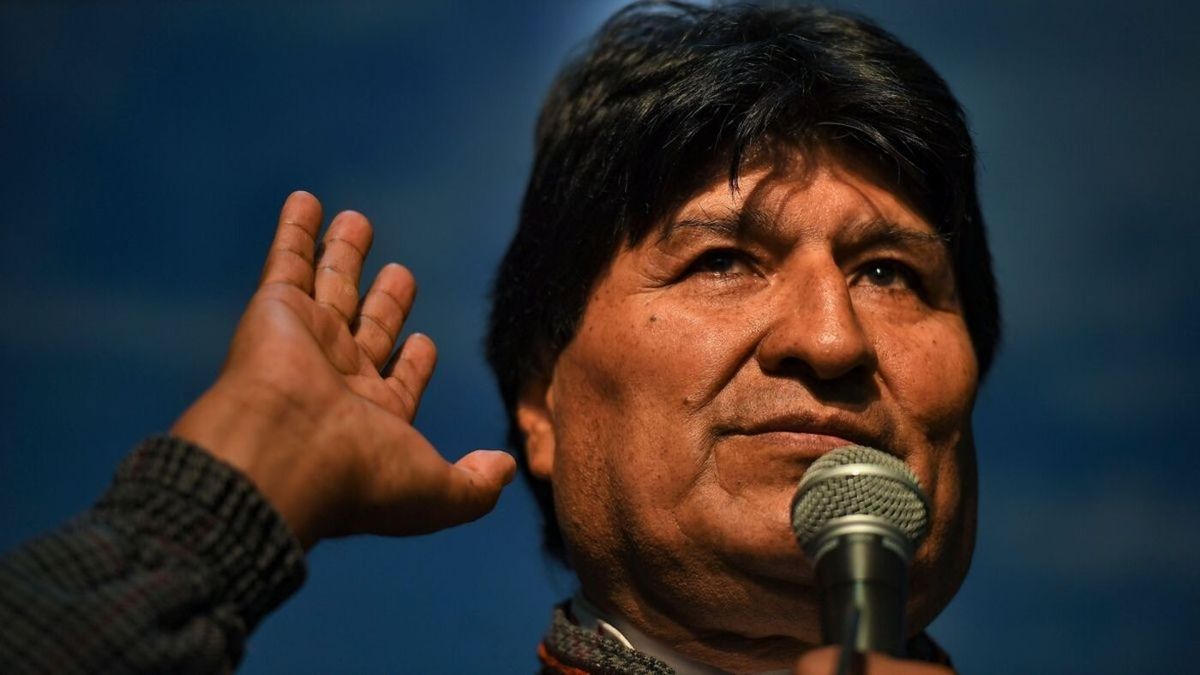Next year will not be another one for the Argentina. After the presidential elections of 2023, which in a surprising way consecrated Javier Milei as president until 2027, The libertarian administration will have a new litmus test at the polls (the first they will reach as a government).
That appointment will be in 2025 and will be the mid-term legislative elections that are held every four years. The last time had been in 2021, when the electoral collapse of Alberto Fernández’s management began to be perceived, which finally materialized in the runoff that Sergio Massa lost to Milei.
Elections 2025: how to consult the provisional electoral register
In view of the elections to renew a good part of both chambers of Congress, the National Electoral Chamber (CNE) has already enabled the provisional registry, through which voters will be able to consult where they vote.
If there are no modifications to the current electoral schedule, On Sunday, August 3, 2025, the Open, Simultaneous and Mandatory Primaries (PASO) will be held, where Argentines will choose the candidates who will represent them in the elections.
elections vote count ballot box scrutiny.jpg
Next year, Argentina will elect 127 deputies and 26 senators.
Telam
Later, on October 26, the legislative elections will be held, where 24 senators and 127 national deputies will be voted for the National Congress.
To consult the provisional register you must enter https://www.padron.gov.ar/. Once there, You must enter the document number, choose the gender, select the district where you vote and complete a brief captcha.
Once the process is complete, the system will show the electoral circuit and the electoral section to which the user belongs.
Two provinces will elect governor in 2025
It is worth remembering that in parallel to the legislative elections, two provinces will have their own elections to elect new governors: Santiago del Estero and Corrientes.
The calendars of both were out of date with the national one as a consequence of the federal interventions they suffered in the past. ANDIn neither case do the current leaders, Gerardo Zamora from Santiago and Gustavo Valdés from Corrientes, have re-election.
For this reason, the definition of candidates and the political future of both districts is, for now, a great unknown on the national board.
Gerardo Zamora.jpg

Currently, Zamora is a member of the Union por la Patria (UP) league of governors, although he is not an organic member of the Justicialist Party (PJ).
Although he is one of the few celestials who signed the May Pact, he is also part of the toughest opposition to the libertarian administration. On November 17, he will receive in the province Cristina Kirchnerwho begins to articulate a new federal army, at the same time that the Court of Cassation ratified his conviction in the National Highways case.
Valdés, for his part, is one of the important leaders of the Radical Civic Union (UCR). hUntil last year he was one of the three white beret leaders that the country had, along with Rodolfo Suarez (Mendoza) and Gerardo Zamora (Jujuy), today succeeded by Alfredo Cornejo and Carlos Sadir.
To this day, the Corrientes leader is going through a tough internal conflict with his former godfather and predecessor in office Ricardo Colombi. Part of the province’s future in the upcoming elections is tied to how that dispute is resolved.
Source: Ambito




